Van Cleef & Arpels Lesotho diamond collection
The transformation of a giant diamond into the heart of Van Cleef & Arpels’ new high jewellery collection took time, patience and the rarest of skills.
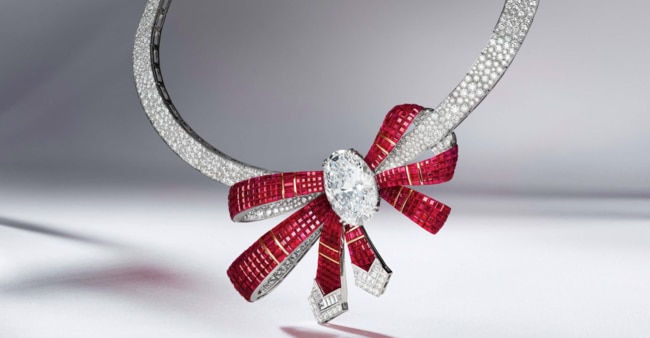
There is something magical happening beneath the rooftops of Place Vendôme. Under the eaves in the attic of one particular building on this famous Parisian square, craftsmen and women – known as les mains d’or (the hands of gold) – are painstakingly creating the latest pieces of the art known as high jewellery for Van Cleef & Arpels.
On the day I visit this extraordinary place, the sunlight streams through the dormer windows of the workshop so the artisans can clearly see the pieces they so very carefully file, solder, shape, set or polish to perfection. The studio sits atop the French capital, with endless views stretching across the rooftops, and it feels like a secret world hidden from the life on the streets below.
-
Explore the Watch and Jewellery special edition of WISH, available online and in print on Friday, 18 November.
-
Each one of les mains d’or in the high jewellery workshop has a specialty. There is one craftsman who just polishes gems, picking up individual rubies from a large pile on the left-hand side of his workbench to buff and shine. Another engraves the pieces using magnifying glasses as the marks are so tiny. There are lapidaries who cut the stones, and goldsmiths who make the white gold and platinum structures for the necklaces, rings and earrings to showcase the diamonds, emeralds, sapphires and rubies.
It is akin to watching artists at work, and as we peer over the shoulders of the jewellers, it feels like an intrusion on a very personal process. One craftswoman is working on a mystery setting – where the stones appear without any visible prongs – and she happily stops and shows us her breathtaking work. This unique setting is all this particular jeweller does, following in the footsteps of many before her since Van Cleef & Arpels developed and patented the method in 1933.
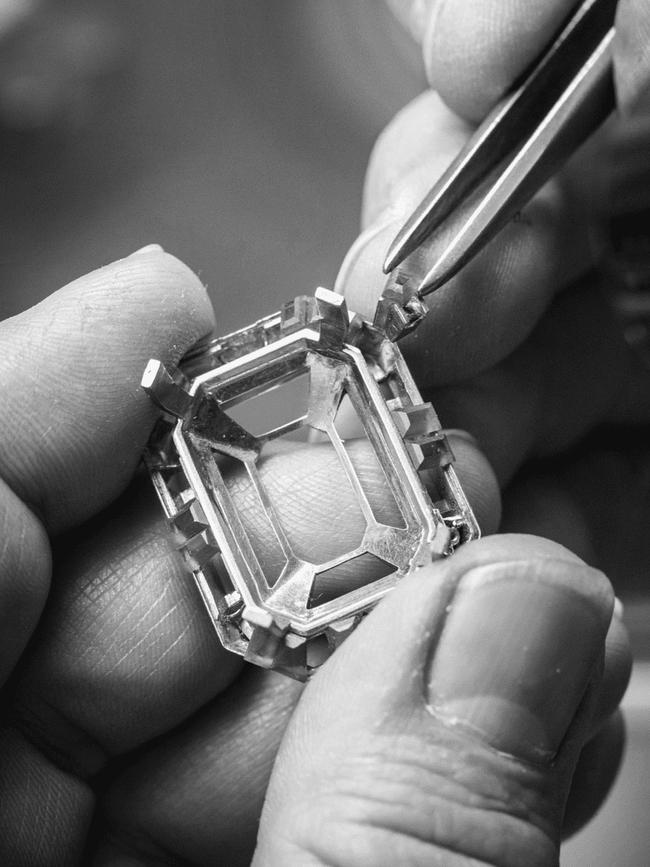

“The mystery setting is a very, very demanding technique,” says Nicolas Bos, CEO and creative director of the French jewellery house. “It really is the signature of the maison and is highly recognisable and appreciated, so that is why we decided to use it for this high jewellery collection.”
The high jewellery collection Bos is talking about is an extraordinary one, not only because it uses the labour-intensive mystery setting for every one of its 25 pieces, but because it is based on a single 910-carat diamond. Known as the Lesotho diamond, the stone was found in 2018 in the Letseng Mine in Lesotho, Africa, and is the fifth-largest rough diamond in both size and quality ever mined.
It came across Bos’s desk when he got a call from diamond dealer Jean-Jacques Tache, with whom he had worked regularly for years. Van Cleef & Arpels does not usually deal with rough diamonds as it starts its process with stones that have already been cut and are suitable for use in jewellery.
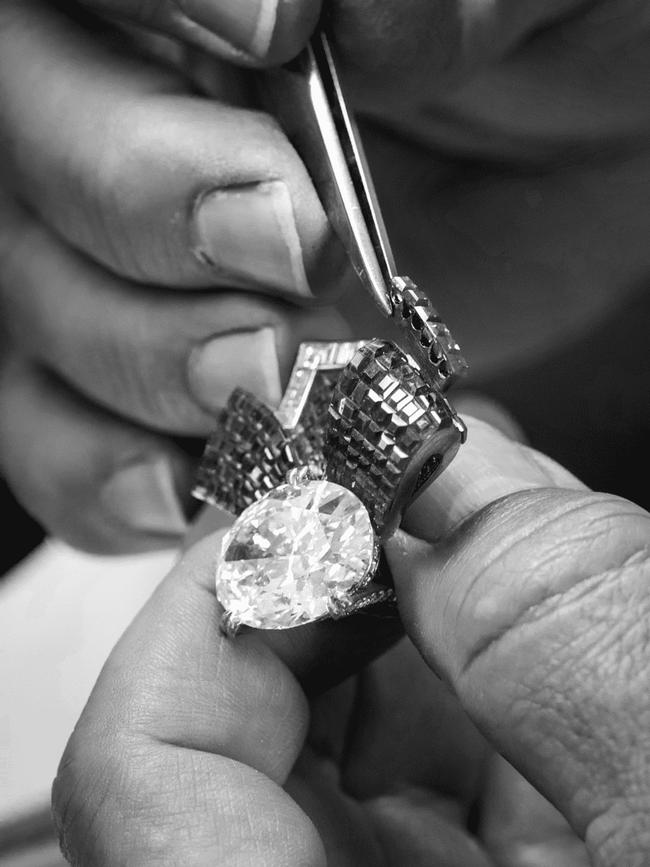
“Tache came to us and said, we have something here that we believe is really unusual,” recalls Bos. “He thought it was a once-in-a-lifetime opportunity that you see a top, top diamond like this, and he really want to do something that goes beyond just cutting up and selling the diamonds individually.
“Van Cleef & Arpels is known for being a jeweller that loves creating stories, so he wanted to work with us and create a real project rather than just dispatch the stones to other people.”
Bos jumped at the opportunity, secured the extraordinary stone, and then spent the next year working with Diamcad – expert cutters based in Antwerp – as well as in-house designers and jewellers at Van Cleef & Arpels to decide what to do with it. They settled on cutting the stone into 67 different diamonds to create 25 pieces of exceptional jewellery that showcased the mystery setting.
Gemologists used 3D software to map combinations of each potential cut of the diamond and spent months finding the best options to minimise wastage. “It was like a three-dimensional puzzle in a way,” explains Bos. “You can come up with endless combinations from the rough diamond to try to figure how to get an emerald cut here or a heart shape there.”
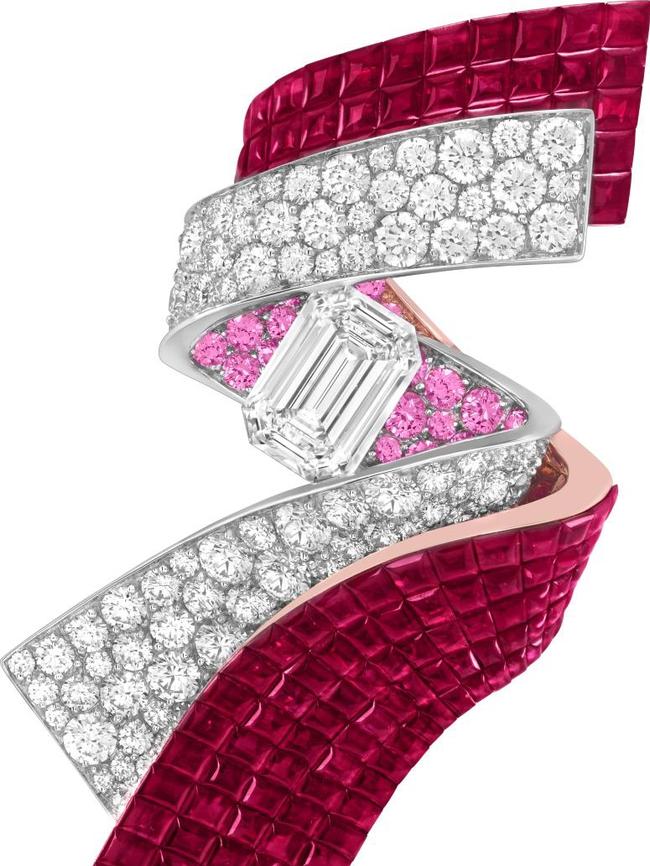
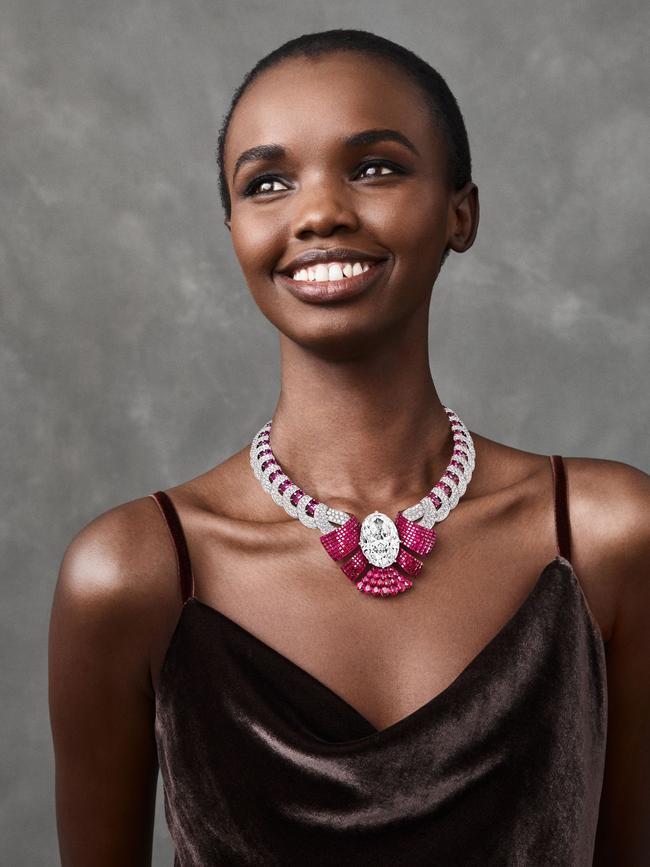
Once decisions were made on the varying shapes and sizes of the diamonds, it was finally time to crack open the Lesotho diamond. This turned out to be a more difficult task than was first thought, as the surface of the stone was so tough.
Diamcad had to resort to a more traditional technique known as cleaving. It led to some heart-in-the-mouth moments for Diamcad, Bos and his team.
“It involved making an incision in the stone and inserting a knife that we strike to split the stone in two,” says Eli Huygelberghs, director of production at Diamcad. “We very rarely use this technique anymore now that we have laser technology, but it was the only way to get the desired result with the stone.”
The cutters then worked on each individual stone, shaping and polishing and producing the 67 diamonds that total 441.75 carats.
The designers at Van Cleef & Arpels came next, spending months consulting with the artisans at the high jewellery workshops in Paris to come up with the 25 pieces, which also featured rubies, sapphires and emeralds.
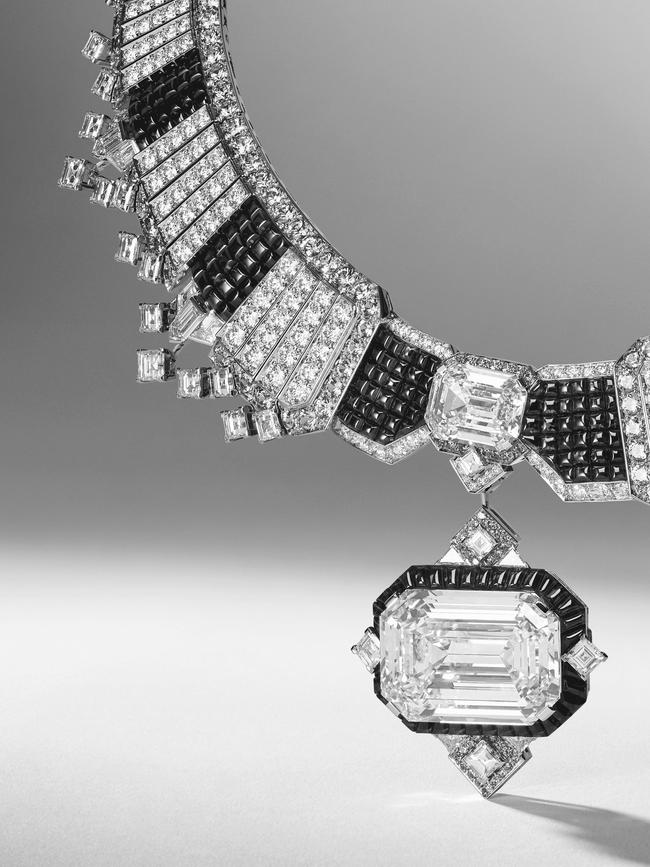
The collection took 30,000 hours of painstaking work and four years from start to finish, beginning when Bos first got that phone call way back in 2018.
“It was the first time we had the opportunity to embark on such a project,” he says of the collection, aptly named Legend of Diamonds. “It was very satisfying to see the diamond, to actually go to the mine in Lesotho and meet with the people who found the stone and told the story of how it happened. Being jewellers, we are not usually privy to this part of the story so it was very exciting.”
Bos has a replica of the original rough diamond in his office to remind him of the extraordinary experience.
“This is the exact size and shape of the stone, and it’s very opaque as you can see,” he says, holding the replica up to show me through the Zoom camera, and it looks more like a nice shiny rock than a brilliant 910-carat diamond. “Honestly, if you didn’t know stones, you would pick it up on a beach and not really think it was a high-quality diamond.”
The replica is also a reminder of how far the mains d’or of Van Cleef & Arpels’ high jewellery workshop took this raw diamond to painstakingly create the 25 exquisite necklaces, rings, earrings and brooches for its new collection. It’s just all part of the magic happening beneath the rooftops in Paris.


To join the conversation, please log in. Don't have an account? Register
Join the conversation, you are commenting as Logout